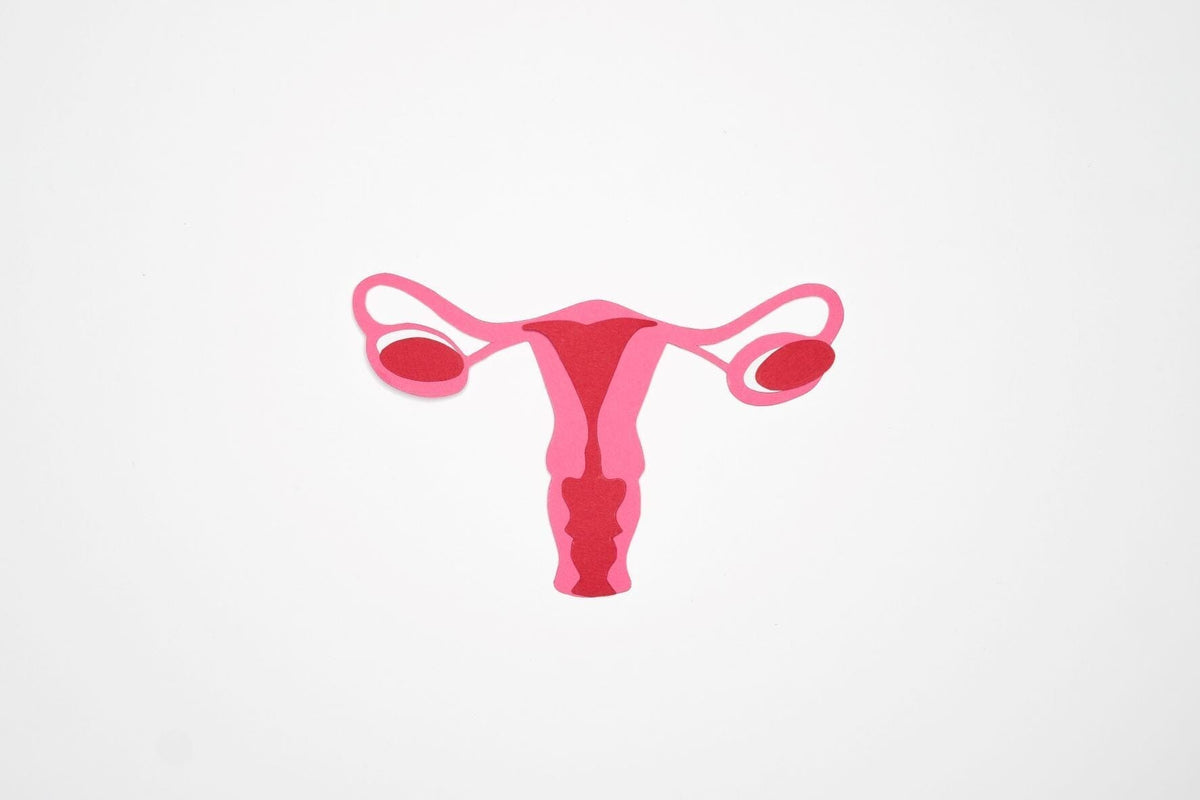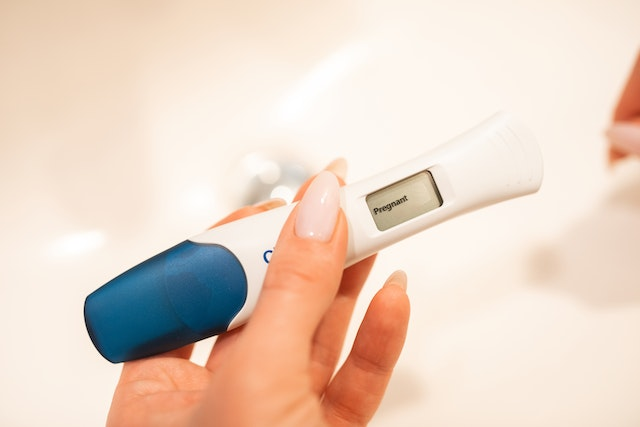
Understanding the 4 phases of menstrual cycle
Time to read 5 min
Time to read 5 min
From a medical standpoint, the menstrual cycle is a complex and hormone driven 4-phase cycle that determines fertility and prepares the body for pregnancy. Each month, when your cycle initiates, the body develops eggs that are ready to be fertilized.
It is important to understand these 4 phases so that you can improve your chances of pregnancy and are aware of potential symptoms and medical issues that may arise during each phase.
If you are experiencing any issues with irregular periods, excessive bleeding, chronic pain during periods, and other ailments then you should get a complete women's health test done. MyDiagnostics offers a range of health tests designed specifically for testing for PCOS, fertility, vitality, and other women's health areas.
During the period between puberty and menopause, women have regular menstrual cycles to prepare for a potential pregnancy. During each cycle, the body prepares the egg which is eventually released from the ovaries. The lining of the uterus also builds up, which is shed when a pregnancy doesn't occur.
The length of your menstrual cycle is around 28 days, but can differ from woman to woman depending on stress, hormonal, and lifestyle factors. A cycle can last between 21 and 40 days and be considered normal for several women. You should always consult with a gynaecologist if you have irregular periods or excessive bleeding during your cycle.
The menstrual cycle is divided into 4 key phases, which are distinct in their function and can change in length over time.
The menstrual phase is the first phase of the cycle, and is commonly referred to as getting your period. When the egg from the last cycle hasn't fertilized and the hormonal levels decline, the shedding of the uterine lining occurs. This is combined with a releasing of blood, tissue, and mucus, during your period.
The onset of the menstrual phase is accompanied by cramping, pain in the uterus, tenderness, bloating, irritability, and mood swings. You can also experience headaches and body aches as a sign of the menstrual phase. You should take the right care on the first day of your periods so that the phase passes comfortably.
The follicular phase begins during the first day of your period, in which your body's hypothalamus sends a signal to release FSH. This stimulates your ovaries to produce follicles, which contain a developing egg inside of them.
The maturing of the egg will send a signal to improve oestrogen production which creates a thickening in the lining of the uterus. The duration of the stage is around 15-20 days, depending on different factors and precedes the ovulation phase.
After the follicular phase, your body triggers the releasing of LH which initiates the process of ovulation. Your ovaries will release a matured egg which goes down the fallopian tube and is subsequently fertilized by sperm.
The ovulation phase is accompanied by a rising in body temperature, thick discharge (white in colour), and increase in hormones. The timeline for the ovulation phase is around the middle of the cycle, which should be on the 15th day of your cycle's first day.
The final stage of the menstrual cycle is the luteal phase, which is when the egg turns into the corpus luteum. This ensures that your uterine lining is thick and ready for the egg's implantation. The hormone human chorionic gonadotropin (hCG) will help maintain the corpus luteum and generally shrinks away when you don't get pregnant.
This is also followed by a decrease in oestrogen and progesterone, which signals the on-setting of your periods. The uterine lining which is thick, will eventually shed, along with other elements such as mucus and tissues.
It is important to know that the menstrual cycle isn't rigid like a body clock. The length and duration of the menstrual cycle can change month over month for several women. Even during predictable times, the cycle can shift from 28 days to 35 days. There are several factors that can contribute to this, and make it difficult to track with precision.
Your uterus may be driven by hormones to push more than required to have the uterine lining out of the body. This can result in dysmenorrhoea and excessive bleeding, which would be a common menstrual cycle issue that women experience.
PMS symptoms can include bloating, retention of fluid, constant irritability, and headaches. It's important to take the right medication and ensure that PMS symptoms don't escalate.
An uncommon menstrual cycle issue is amenorrhoea which is the absence of the cycle. You should consult with a doctor immediately if you have not had your menstrual cycle in a few months.
For many women the onset of menstruation can be intensely painful, requiring medication and regular check-ups. There is significant pain to the point of impacting a woman's lifestyle and work routine.
There are many factors that can contribute to irregular periods, which can be tracked over time to determine trends. These factors can impact the first day of the menstrual cycle, the follicular phase, or other parts in the cycle synchronously. Changes in your body can also impact different phases of the cycle.
A missed period can be a sign of pregnancy which can be confirmed with a pregnancy test. This may be a primary reason why you may have missed your period during the current cycle.
A sudden losing or gaining of weight can impact a woman's menstrual cycle significantly. If you suspect that your body has changed rapidly for any reason, then a complete health test should be performed immediately.
Excess levels of stress in the short and long-term can impact your hormonal health. This can indirectly impact your menstrual cycle, and overall health. You should focus on stress reduction and stress management strategies.
PCOS can significantly impact the normal functioning of the menstrual cycle, through hormonal disruption and the formation of follicles. You may need a PCOS test and ultrasound to determine if it is causing irregularities.
Women may experience a loss of normal functioning of the ovaries, which generally occurs by the age of 40 years. You may experience irregular periods through a few years, signalling that you may have premature ovarian failure.
You may have an underlying thyroid or other medical condition that can impact your period. It is important to get a complete women's health test done to understand your hormonal and blood marker levels.
You need to have a clear understanding of the different phases of the menstrual cycle to improve your chances of getting pregnant. The highest likelihood of pregnancy occurs in the ovulation stage of the menstrual cycle. During this phase of a menstrual cycle, the ovary releases a mature egg and it proceeds down the fallopian tube for fertilization.
This is one of the best times to try for a successful pregnancy and can be tracked according to which phase you are currently in your menstrual cycle. This is the only time during the cycle where the chances of pregnancy are the highest and you can also determine the onset of the phase through tracking your body's changes.



